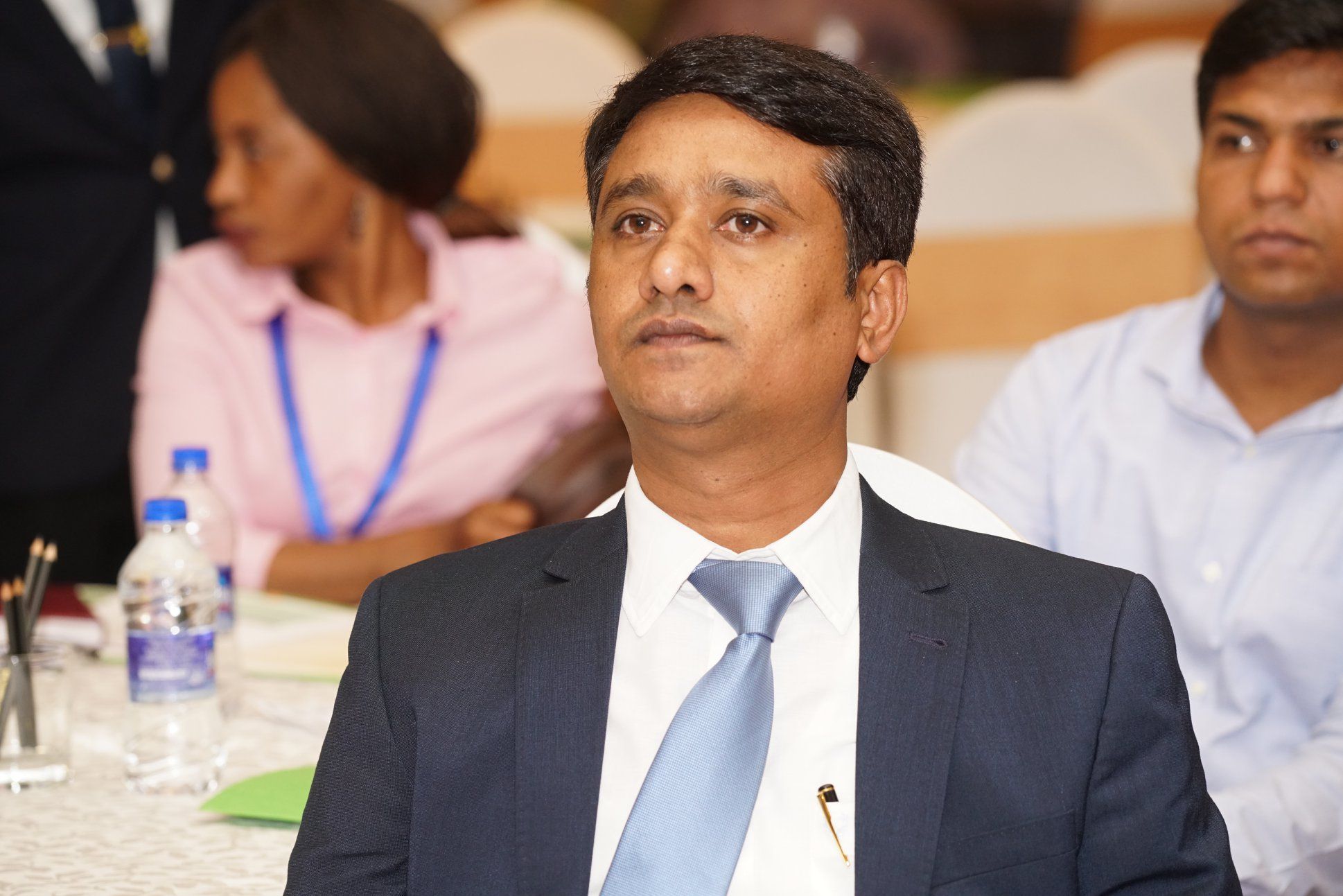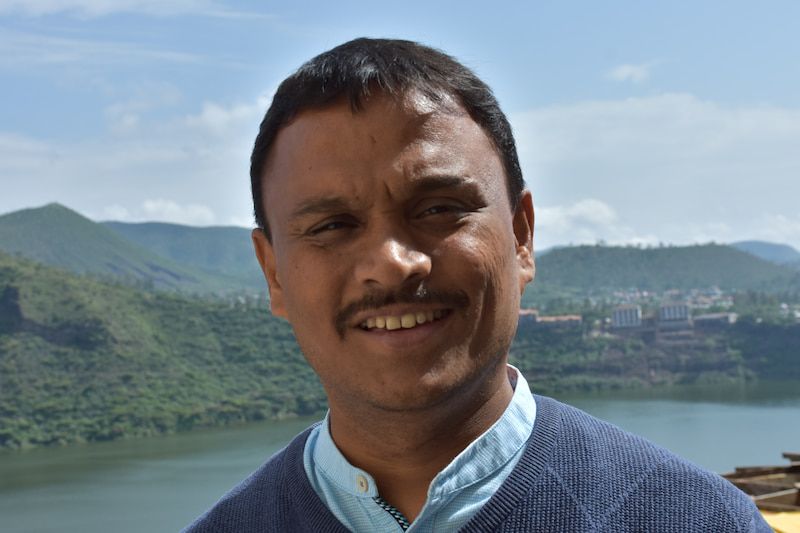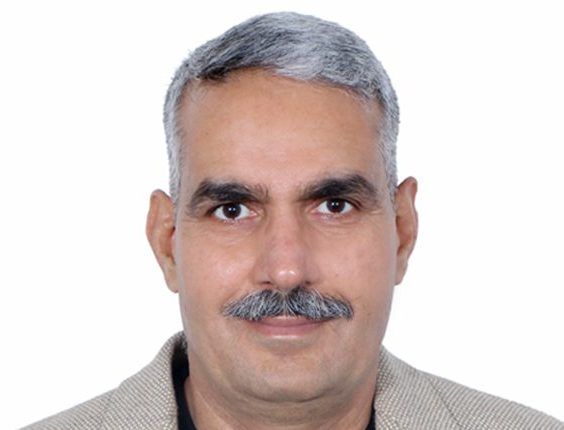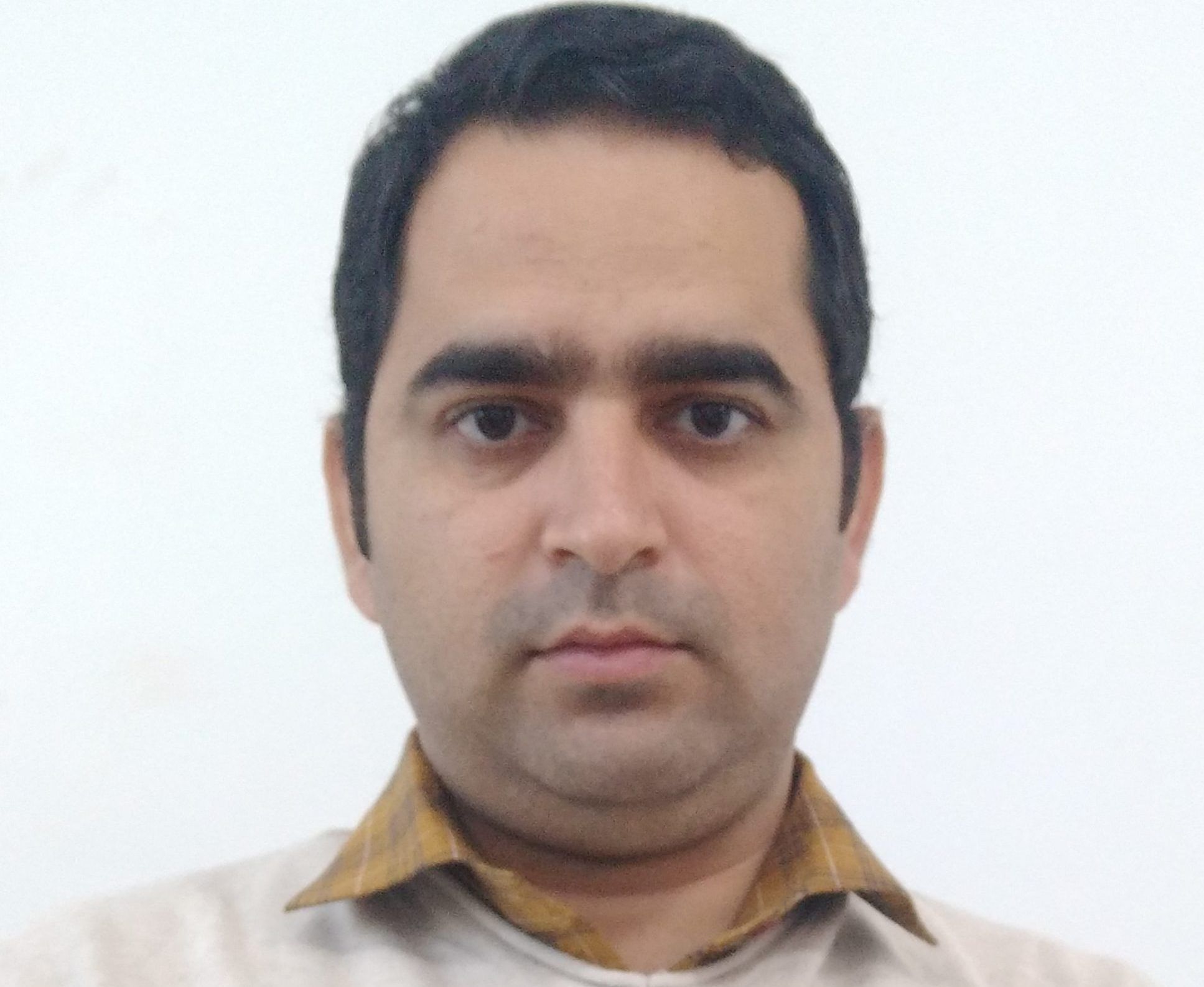Lennin Musundire
Lennin Musundire is responsible for supporting the National Agriculture Research Systems (NARS) in Africa to develop breeding improvement plans to deliver higher genetic gains targeted at smallholder farmers. These improvement plans will focus on product profiles, breeding scheme optimization, use of genotyping, automation, mechanization, appropriate breeding software and links with seed producers. Provides support to national breeding teams in African countries, implements an all-inclusive internal breeding pipeline optimization plan supported by the Excellence in Breeding platform as well as supports national partners to integrate and build breeding networks with CGIAR institutes and regional, national partners.











